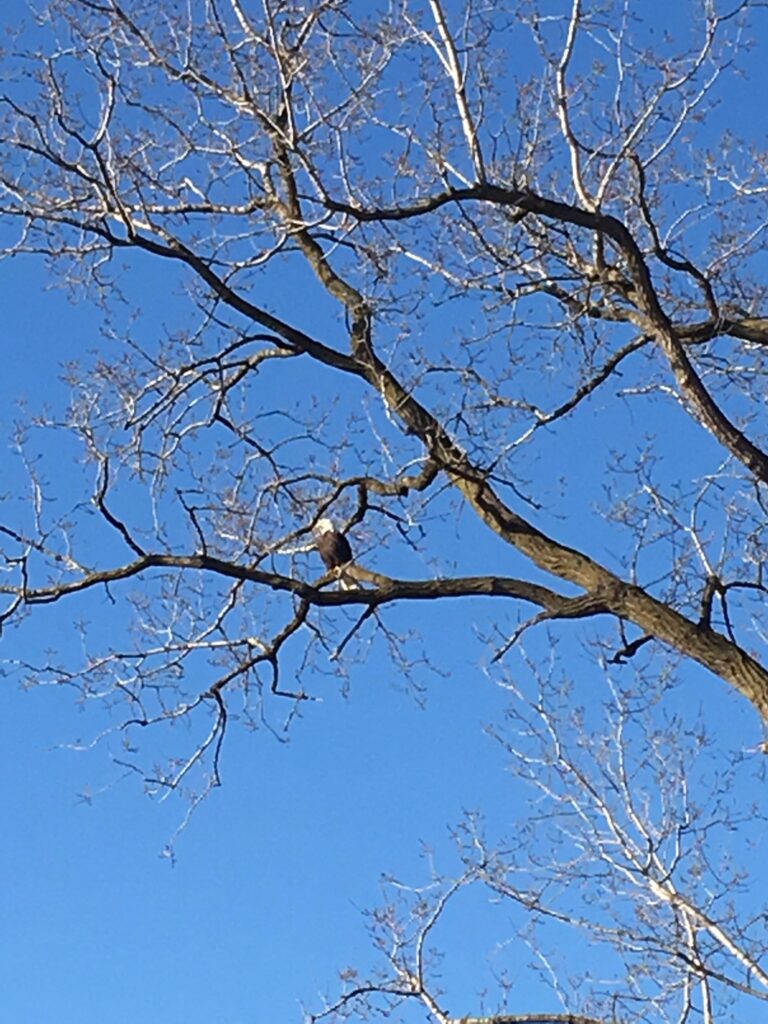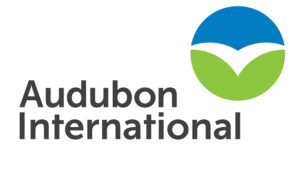What motivated your club to join the Audubon International Cooperative Sanctuary Program (ACSP) for Golf?
I became interested 33 years ago, first in putting up nest-boxes for Eastern Bluebirds, shortly after joining Skokie Country Club as the Golf Course Superintendent. I believe at that time the Audubon Society of New York had recently begun the ACSP. I became a member shortly after (in 1993) as I thought it would be educational, with all the stewardship information that would become available, and would be beneficial to my club and the right thing to do environmentally for managing our property.

What did it take to achieve ACSP certification – how long was the process and what steps were involved?
I had several improvements I felt would be important to make here, in all the certification categories, and beginning in 1992-93 I gradually implemented them over several years that followed. In 2001, after making significant improvements, I submitted documents and achieved Certification.
What did it cost to earn certification all-in and what were the biggest expense items?
I don’t specifically look at all the changes we made as costs so much but improvements to our course that make it more interesting and enjoyable to play. Many of the things we’ve done: nest boxes; pond bank changes to improve wildlife access; native and tall grass habitat establishment; landscaping with plants beneficial to pollinators; adding pond bank buffers (water quality); making irrigation system improvements (water conservation); replanting with new grass varieties resistant to diseases/drought (reducing pesticide use and water); and communicating to members and public about all of the above; all were changes that made the course better. Hard to say there was direct costs; rather I’d say it’s hard to determine how much savings we have made and what value our members and quests have derived.
What were/are the most challenging aspects of being certified and maintaining the standards required to achieve and retain that status?
The initial challenge was taking a course that was mowed fence to fence and ponds completely surrounded with mowed turf (no buffers) and communicating the valve of un-mowed areas and buffer/vegetation strips adjacent to water features. It was a slow process, that wasn’t always accepted by all (and still isn’t by all), but in time many members truly enjoy the varied habitats and the birds, pollinators, grasses and forbs, and other wildlife that has made our course their home. Recertification every three years does require some work, with the various documentation needed, but it’s satisfying when we receive the “Re-Certified” document.

What specific benefits are you reaping from being a Certified Member?
To me it is more about knowing that I am managing our property with a serious commitment to stewardship. I believe members enjoy the designation, and I do as well, but honestly I need to do a better job of communicating all of the good things we have done so that the members could spread the word even more. I think being “Certified” shows our level of commitment to managing our property in the proper way environmentally.

What would you share with other superintendents and course managers who are considering joining the Audubon International ACSP program?
I’d say, “Do it!” It’s not only the right thing to do for your club and the environment, and many members will appreciate it, but it will provide new and interesting areas at your facility that will make your course and you job more enjoyable.
Related: The Audubon Cooperative Sanctuary Program for Golf
What is the best guidance or tip(s) you have received pertaining to being a superintendent and overseeing the golf course agronomy/maintenance department? (And from whom?)
Be present. Be available to membership to answer questions they may have, even when problems may have occurred. Make yourself as valuable to your club as possible by doing smaller scale projects if your staffing levels and talent permits.
About Audubon International
An environmentally focused non-profit organization, Audubon International offers members numerous certifications and conservation initiatives to protect the areas where we all live, work, and play. Its certifications are designed to increase environmental awareness, encourage sustainable environmental efforts, and educate both its members and their communities.



























